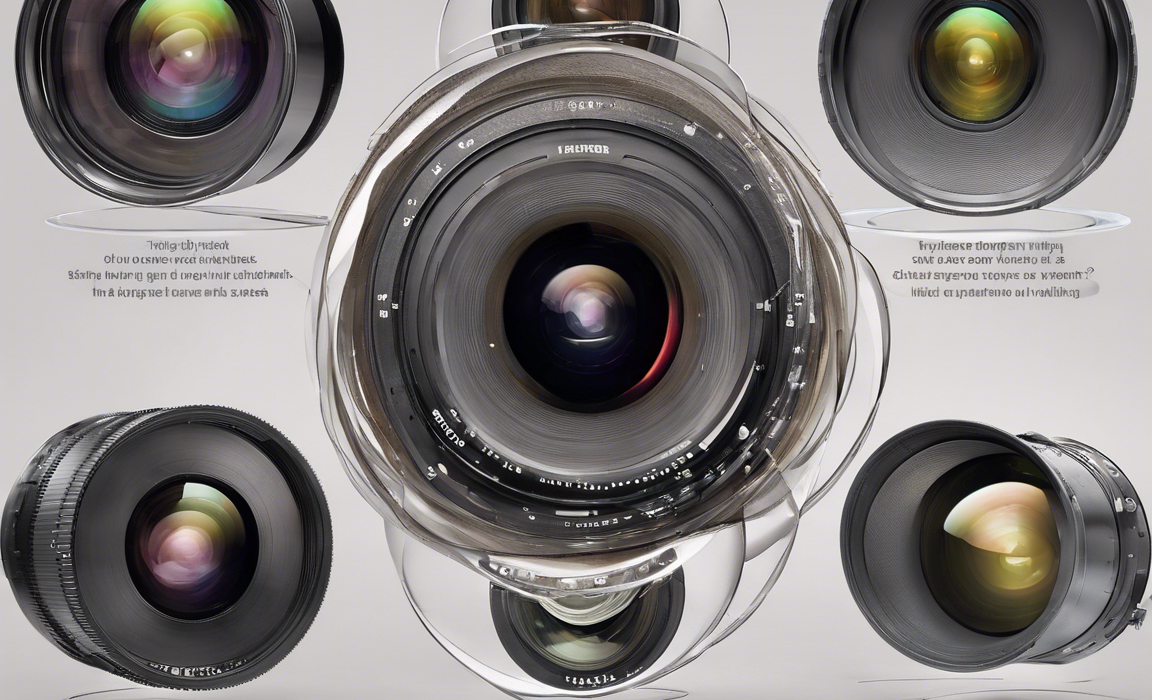Have you ever wondered how images are formed by lenses, specifically in the world of virtual imaging? Understanding the different types of lenses and how they work can be fascinating and can give us insight into the world of optics. In this comprehensive guide, we will delve into the world of virtual image forming lens types. We will explore the fundamentals of virtual imaging, the different types of lenses, and how they contribute to the formation of virtual images.
Fundamentals of Virtual Imaging
Before we delve into the types of lenses used in virtual imaging, let’s first understand the basics of virtual imaging. In the realm of optics, an image is considered virtual when the light rays appear to diverge from a point behind the lens. This means that the image is not formed on a physical surface but is perceived by the observer as if it were coming from a specific location.
Virtual images are formed when the object is placed within the focal length of a converging lens or beyond the focal length of a diverging lens. In the case of converging lenses, the virtual image is upright and enlarged, while with diverging lenses, the image is always diminished and upright.
Types of Lenses for Virtual Imaging
1. Converging Lenses
Converging lenses, also known as convex lenses, are thicker at the center than at the edges. These lenses are capable of converging light rays to a focal point on the opposite side of the lens. Converging lenses are commonly used in optical instruments like cameras, microscopes, and telescopes to form real and virtual images.
Properties of Converging Lenses:
– Converge parallel incident light rays
– Form inverted and real images when the object is outside the focal length
– Form upright and virtual images when the object is within the focal length
2. Diverging Lenses
Diverging lenses, also known as concave lenses, are thinner at the center than at the edges. These lenses cause incident light rays to diverge as if they originated from a common point behind the lens. Diverging lenses are often used in correcting visual impairments such as nearsightedness.
Properties of Diverging Lenses:
– Diverge parallel incident light rays
– Always form upright and virtual images
Lens Combinations and Virtual Imaging
In some optical systems, multiple lenses are combined to achieve specific imaging properties. By combining converging and diverging lenses in various configurations, optical engineers can manipulate the characteristics of the virtual images formed. This process is crucial in designing complex optical devices such as microscopes, binoculars, and camera lenses.
Factors Influencing Virtual Imaging
Several factors influence the formation of virtual images by lenses. Some of the key factors include:
– Focal Length: The distance between the lens and the focal point affects the size and position of the virtual image.
– Lens Diameter: Larger lens diameters allow more light to pass through, resulting in brighter virtual images.
– Lens Material: The refractive index of the lens material determines how light is bent as it passes through the lens.
Understanding these factors is essential in optimizing virtual imaging systems for various applications.
Frequently Asked Questions (FAQs)
1. What is the difference between a virtual image and a real image?
A real image is formed when light rays converge at a physical point, while a virtual image is perceived to originate from a location where light does not actually converge.
2. Can virtual images be captured on a screen or film?
Virtual images cannot be captured on a screen or film since they do not actually exist at a physical location.
3. How do virtual images affect our vision in everyday life?
Virtual images play a crucial role in the functioning of corrective lenses such as eyeglasses and contact lenses, which use diverging lenses to adjust vision clarity.
4. Are virtual images always upright?
Yes, virtual images formed by diverging lenses are always upright.
5. How are virtual images used in technology and entertainment?
Virtual imaging technology is utilized in devices like virtual reality headsets and holographic displays to create immersive visual experiences for users.
In conclusion, understanding the types of lenses used in virtual imaging, the fundamentals of virtual imaging, and the factors influencing image formation can provide valuable insights into the world of optics. By grasping these concepts, we can appreciate the role of lenses in forming virtual images and their applications in various fields.


